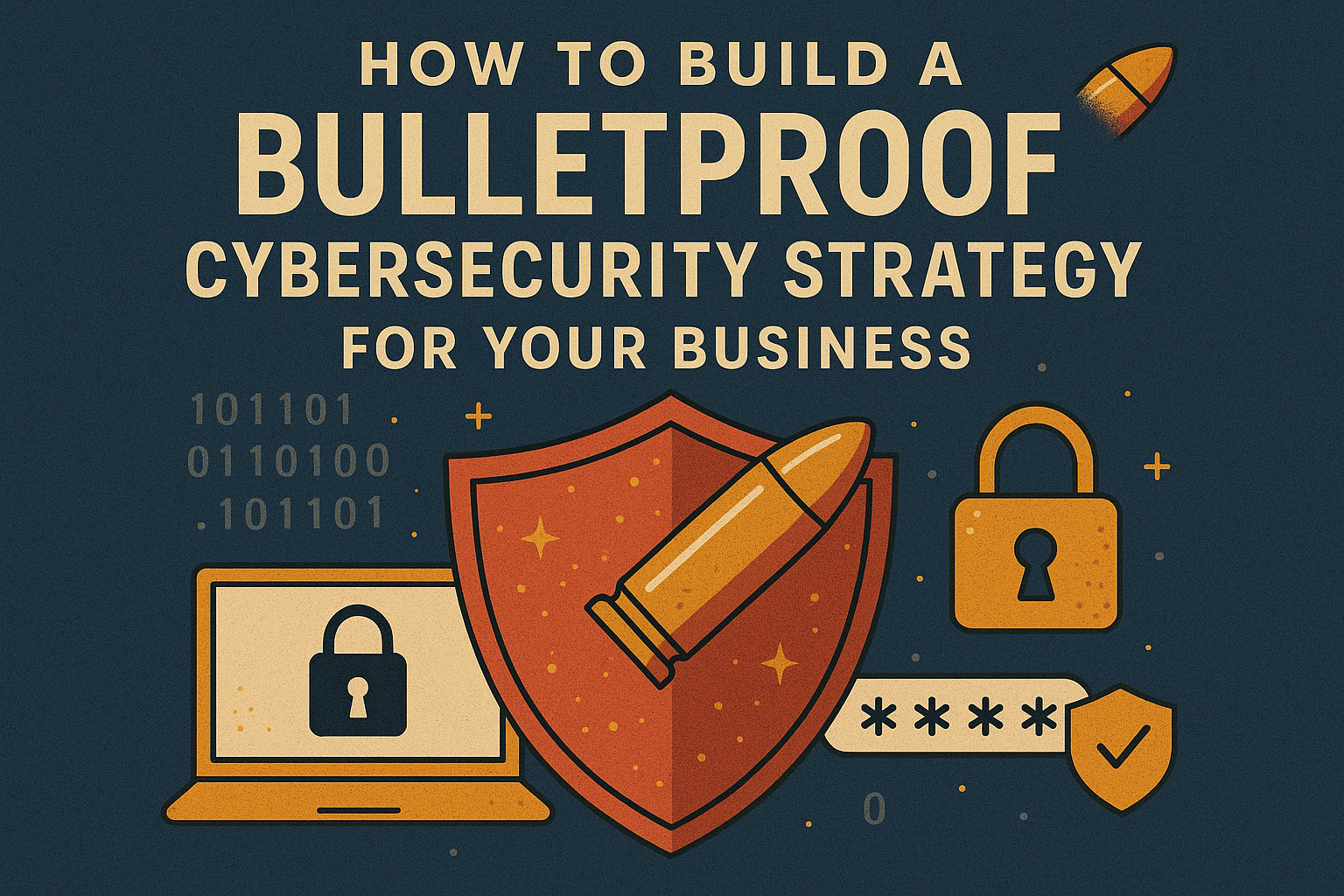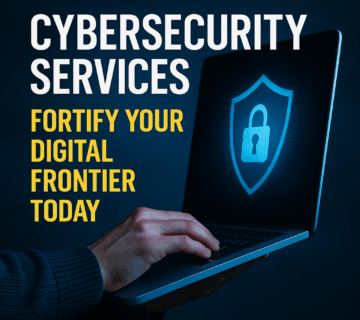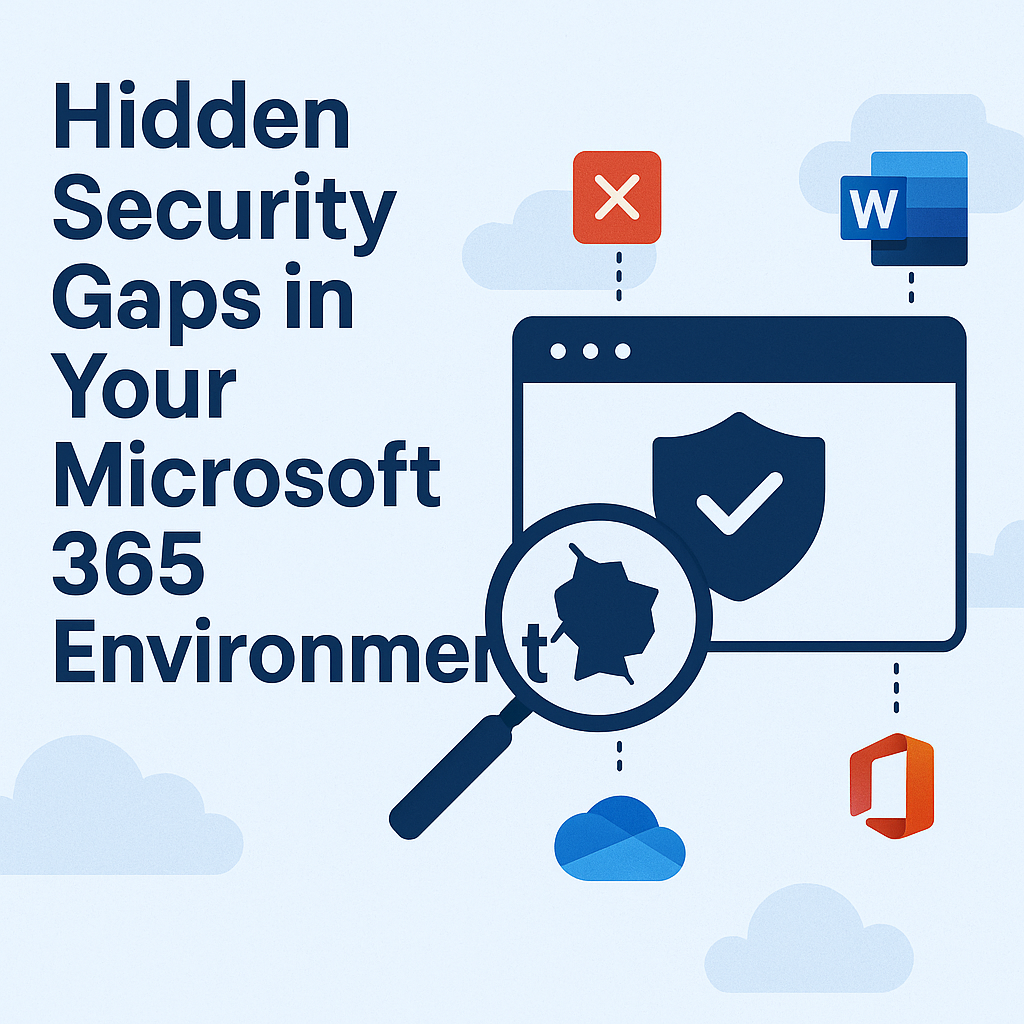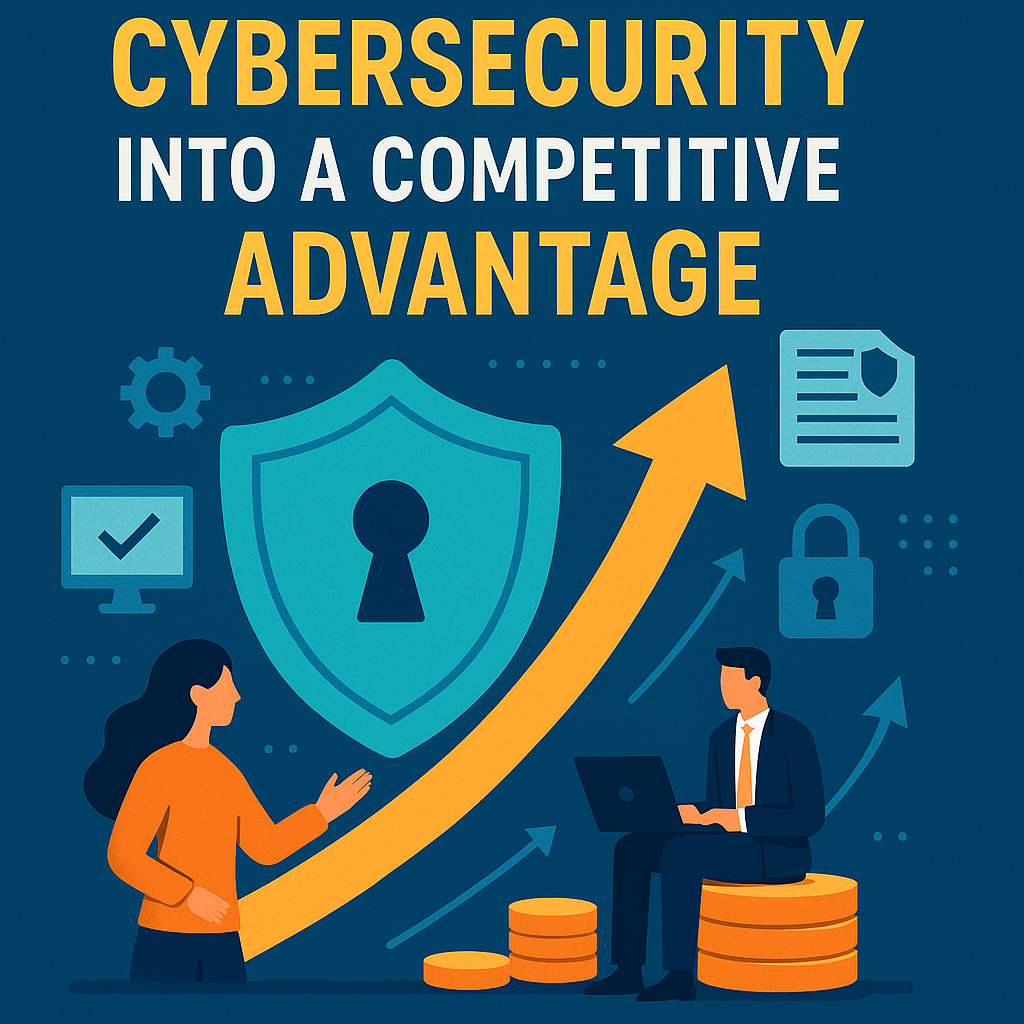How to Build a Bulletproof Cybersecurity Strategy for Your Business

Digital landscape, cybersecurity threats pose significant risks to businesses of all sizes. A robust cybersecurity strategy is no longer optional—it’s essential for protecting your company’s data, reputation, and financial stability. This comprehensive guide will walk you through creating an effective cybersecurity framework that safeguards your business against evolving digital threats.
Understanding the Current Cybersecurity Landscape
The cybersecurity threat environment continues to evolve rapidly, with new attack vectors emerging regularly. Ransomware attacks have increased by 300% since 2020, while phishing attempts now target 94% of organizations annually. These statistics underscore the critical importance of implementing comprehensive security measures.
Modern businesses face multiple threat categories including malware, social engineering, insider threats, and advanced persistent threats (APTs). Each category requires specific defensive strategies and tools to effectively mitigate risks. Understanding these threat types forms the foundation of your cybersecurity strategy.
Core Components of a Bulletproof Cybersecurity Strategy
Risk Assessment and Vulnerability Management
Begin by conducting a thorough risk assessment to identify potential vulnerabilities within your organization. This process involves cataloging all digital assets, including hardware, software, data repositories, and network infrastructure. Evaluate each asset’s importance to business operations and potential impact if compromised.
Regular vulnerability scanning should become a standard practice, with automated tools identifying security gaps in real-time. Prioritize vulnerabilities based on severity levels and potential business impact. Establish clear timelines for addressing different risk categories, ensuring critical vulnerabilities receive immediate attention.
Access Control and Identity Management
Implement a zero-trust security model where every user and device must be verified before accessing network resources. Multi-factor authentication (MFA) should be mandatory for all system access, particularly for administrative accounts and sensitive data repositories.
Role-based access control (RBAC) ensures employees only access information necessary for their job functions. Regular access reviews help identify and remove unnecessary permissions, reducing potential attack surfaces. Consider implementing privileged access management (PAM) solutions for enhanced control over administrative accounts.
Data Protection and encryption
Classify your data based on sensitivity levels and implement appropriate protection measures for each category. Encrypt sensitive data both at rest and in transit using industry-standard encryption protocols. Establish clear data retention policies and secure deletion procedures for obsolete information.
Backup strategies should follow the 3-2-1 rule: maintain three copies of critical data, store them on two different media types, and keep one copy offsite. Regular backup testing ensures data recovery capabilities remain functional when needed.
Network Security Architecture
Design your network with security segmentation to limit lateral movement during potential breaches. Implement next-generation firewalls (NGFWs) with intrusion detection and prevention capabilities. Network monitoring tools should provide real-time visibility into traffic patterns and anomalous behavior.
Secure your wireless networks with WPA3 encryption and consider implementing a separate guest network for visitors. Virtual private networks (VPNs) should be mandatory for remote access, with regular security updates and strong authentication protocols.
Employee Training and Awareness
Human error remains the leading cause of security breaches, making employee education crucial for your cybersecurity strategy. Develop comprehensive training programs covering phishing recognition, password security, and social engineering tactics.
Conduct regular simulated phishing exercises to test employee awareness and identify areas requiring additional training. Create clear incident reporting procedures encouraging employees to report suspicious activities without fear of repercussions.
Implementation Strategies and Best Practices
Phased Implementation Approach
Deploy your cybersecurity strategy in phases to ensure manageable implementation and minimize business disruption. Begin with critical security measures addressing the highest-risk vulnerabilities. Gradually expand coverage to include additional security layers and advanced threat detection capabilities.
Establish clear milestones and success metrics for each implementation phase. Regular progress reviews help identify challenges and adjust timelines accordingly. Consider engaging cybersecurity consultants or exploring outsourced cybersecurity services for specialized expertise during complex implementations.
Technology Integration and Automation
Modern cybersecurity requires integration between various security tools and platforms. Security information and event management (SIEM) systems aggregate data from multiple sources, providing centralized threat monitoring and response capabilities.
Automated threat response systems can quickly contain security incidents, reducing potential damage and response times. However, maintain human oversight for critical decision-making processes and complex threat scenarios.
Compliance and Regulatory Considerations
Ensure your cybersecurity strategy addresses relevant industry regulations and compliance requirements. Common frameworks include GDPR for data protection, HIPAA for healthcare organizations, and PCI DSS for payment processing.
Regular compliance audits help identify gaps and demonstrate due diligence to regulators and stakeholders. Document all security procedures and maintain detailed records of security incidents and responses.
Choosing Between In-House and Outsourced Cybersecurity Solutions
Benefits of Outsourced Cyber Security
Many businesses today are turning to outsourced cyber security solutions to enhance their security posture while managing costs effectively. Outsourced cybersecurity provides access to specialized expertise, advanced technologies, and 24/7 monitoring capabilities that may be challenging to maintain internally.
When evaluating outsourced cybersecurity services, consider providers that offer comprehensive coverage including threat monitoring, incident response, vulnerability management, and compliance support. For businesses in specific regions like Panchkula, cyber security services panchkula providers can offer localized support while maintaining global security standards.
Managed Security Service Providers (MSSPs)
Managed cyber security providers panchkula and other regions offer scalable solutions that grow with your business needs. These providers typically offer services such as security operations center (SOC) monitoring, threat intelligence, and incident response capabilities.
The advantage of cybersecurity outsourcing services lies in their ability to provide enterprise-grade security tools and expertise at a fraction of the cost of building internal capabilities. This approach allows businesses to focus on core operations while ensuring robust security protection.
IT Infrastructure and Support Considerations
Comprehensive IT Management
A robust cybersecurity strategy requires strong IT infrastructure support. Many organizations benefit from integrated approaches that combine security with broader IT services. Technijian managed it support panchkula and similar providers offer comprehensive solutions that address both security and operational IT needs.
Consider providers offering managed services in panchkula that can integrate cybersecurity with other essential services like voip support in panchkula, ensuring all technology components work together securely and efficiently.
Local IT Support Benefits
Working with local providers offers several advantages, including faster response times, personalized service, and better understanding of regional compliance requirements. When searching for managed it services near me, prioritize providers with strong cybersecurity expertise and proven track records.
Small business it support panchkula providers often specialize in cost-effective solutions tailored to smaller organizations’ unique needs and budget constraints. These providers understand that business it support panchkula requirements may differ significantly from larger enterprise needs.
Integrated Service Approaches
Modern businesses benefit from it support and managed services that integrate cybersecurity with broader IT operations. This holistic approach ensures security considerations are embedded throughout your technology infrastructure rather than treated as an afterthought.
Incident Response and Recovery Planning
Developing an Incident Response Plan
Create a comprehensive incident response plan outlining specific procedures for different threat scenarios. Define clear roles and responsibilities for incident response team members, including communication protocols and escalation procedures.
Establish partnerships with external cybersecurity experts and legal counsel to support complex incident response efforts. Regular tabletop exercises help test response procedures and identify improvement opportunities.
Business Continuity and Disaster Recovery
Develop business continuity plans ensuring critical operations can continue during security incidents. Identify essential business functions and establish alternative operational procedures when primary systems are compromised.
Recovery time objectives (RTOs) and recovery point objectives (RPOs) should be clearly defined for different business processes. Regular testing of recovery procedures ensures business continuity plans remain effective and current.
Monitoring and Continuous Improvement
Security Metrics and Key Performance Indicators
Establish measurable security metrics to track the effectiveness of your cybersecurity strategy. Common KPIs include mean time to detection (MTTD), mean time to response (MTTR), and security awareness training completion rates.
Regular security assessments and penetration testing provide objective evaluations of your security posture. Third-party security audits offer independent perspectives on potential vulnerabilities and improvement opportunities.
Staying Current with Evolving Threats
Cybersecurity threats constantly evolve, requiring ongoing vigilance and strategy updates. Subscribe to threat intelligence feeds providing real-time information about emerging threats and attack techniques.
Participate in industry cybersecurity forums and information sharing groups to stay informed about sector-specific threats. Regular security strategy reviews ensure your defenses remain effective against current threat landscapes.
Budget Planning and Resource Allocation
Cost-Effective Security Investments
Cybersecurity investments should align with business risk tolerance and available resources. Prioritize security measures based on potential impact and cost-effectiveness. Consider cloud-based security solutions for scalable protection without significant upfront investments.
For businesses seeking affordable cyber security service panchkula options, evaluate providers offering flexible pricing models and scalable service levels. This approach allows organizations to start with essential services and expand coverage as budgets and needs grow.
Building Internal Cybersecurity Capabilities
Invest in developing internal cybersecurity expertise through training programs and professional certifications. Consider hiring dedicated cybersecurity personnel for organizations with significant digital assets and complex security requirements.
When Internal resources are limited, outsource cybersecurity functions to specialized providers while maintaining oversight and strategic control. This hybrid approach often provides comprehensive coverage while managing costs effectively.
Frequently Asked Questions (FAQs)
What is the most important first step in building a cybersecurity strategy?
The most crucial first step is conducting a comprehensive risk assessment to identify your organization’s specific vulnerabilities and threat landscape. This assessment should catalog all digital assets, evaluate their importance to business operations, and identify potential security gaps. Without understanding your current security posture and specific risks, you cannot develop an effective strategy tailored to your organization’s needs.
How often should businesses update their cybersecurity strategy?
Cybersecurity strategies should be reviewed and updated at least annually, with more frequent reviews recommended for organizations in high-risk industries. Additionally, strategies should be updated immediately following significant security incidents, major system changes, or when new threats emerge. Continuous monitoring and threat intelligence should inform ongoing strategy adjustments throughout the year.
What budget percentage should businesses allocate to cybersecurity?
Industry experts recommend allocating 10-15% of your total IT budget to cybersecurity, though this percentage varies based on industry, company size, and risk profile. High-risk industries like finance and healthcare may require higher allocations, while smaller businesses might start with 5-10% and gradually increase investment as they grow. The key is balancing security needs with business objectives and available resources.
How can small businesses implement cybersecurity on limited budgets?
Small businesses can implement effective cybersecurity through cloud-based security solutions, which offer enterprise-grade protection without significant upfront costs. Focus on essential security measures first: strong passwords, multi-factor authentication, regular software updates, employee training, and basic backup procedures. Many effective security tools offer free or low-cost versions suitable for small businesses.
What role do employees play in cybersecurity strategy?
Employees serve as both the first line of defense and the most common vulnerability in cybersecurity. They play crucial roles in identifying and reporting suspicious activities, following security procedures, and maintaining good security hygiene. Regular training and awareness programs are essential for keeping employees informed about current threats and proper security practices.
How do I measure the effectiveness of my cybersecurity strategy?
Effectiveness can be measured through various metrics including mean time to detection and response, number of security incidents, employee security awareness test scores, and compliance audit results. Regular penetration testing and vulnerability assessments provide objective measures of security posture. Track both leading indicators (training completion rates, patch compliance) and lagging indicators (actual incidents, recovery times).
Should businesses handle cybersecurity internally or outsource it?
The decision depends on organizational size, complexity, and available resources. Many businesses benefit from a hybrid approach, maintaining internal oversight while outsourcing specialized functions like 24/7 monitoring or incident response. Small businesses often find managed security services cost-effective, while larger organizations may require dedicated internal teams supplemented by external expertise.
What are the most common cybersecurity mistakes businesses make?
Common mistakes include neglecting regular software updates, using weak passwords, lacking employee training, insufficient backup procedures, and focusing solely on perimeter security while ignoring internal threats. Many businesses also underestimate the importance of incident response planning and fail to test their security measures regularly.
How does cloud adoption affect cybersecurity strategy?
Cloud adoption requires adjusting security strategies to address shared responsibility models where cloud providers secure infrastructure while businesses secure their data and applications. This shift requires new skills, tools, and processes for cloud security monitoring, identity management, and data protection. Organizations must also ensure compliance requirements are met in cloud environments.
What should businesses look for when choosing outsourced cybersecurity providers?
When selecting cybersecurity providers, evaluate their expertise, certifications, response times, and service level agreements. Look for providers offering comprehensive services including threat monitoring, incident response, vulnerability management, and compliance support. Consider panchkula cyber security services providers who understand regional requirements and can provide personalized service while maintaining global security standards.
Conclusion
Building a bulletproof cybersecurity strategy requires comprehensive planning, consistent implementation, and ongoing vigilance. By following the frameworks and best practices outlined in this guide, businesses can significantly reduce their risk exposure and protect their valuable digital assets.
Remember that cybersecurity is not a one-time investment but an ongoing process requiring continuous attention and adaptation. Start with the fundamental security measures outlined here, then gradually build more sophisticated defenses as your organization grows and threats evolve.
The investment in robust cybersecurity pays dividends through reduced risk, enhanced customer trust, and improved business resilience. Whether you choose to build internal capabilities or leverage outsourced cyber security services, the key is implementing a comprehensive strategy that addresses your organization’s specific needs and risk profile.
In our interconnected digital world, a strong cybersecurity strategy supported by reliable IT infrastructure and expert guidance is essential for sustainable business success.








No comment